Hydroponics is an exciting way to bring life and growth into your home, but an important question that people ask is whether you need special seeds for hydroponics – which you don’t. But there’s a lot that goes into planting seeds hydroponically to consider.
The process for starting seeds in a hydroponics unit is slightly different from traditional gardening. Certain seeds are better and faster for hydroponics units. While there are differences, it is not a reason not to start!
- Related article: Gardening with Hydroponics
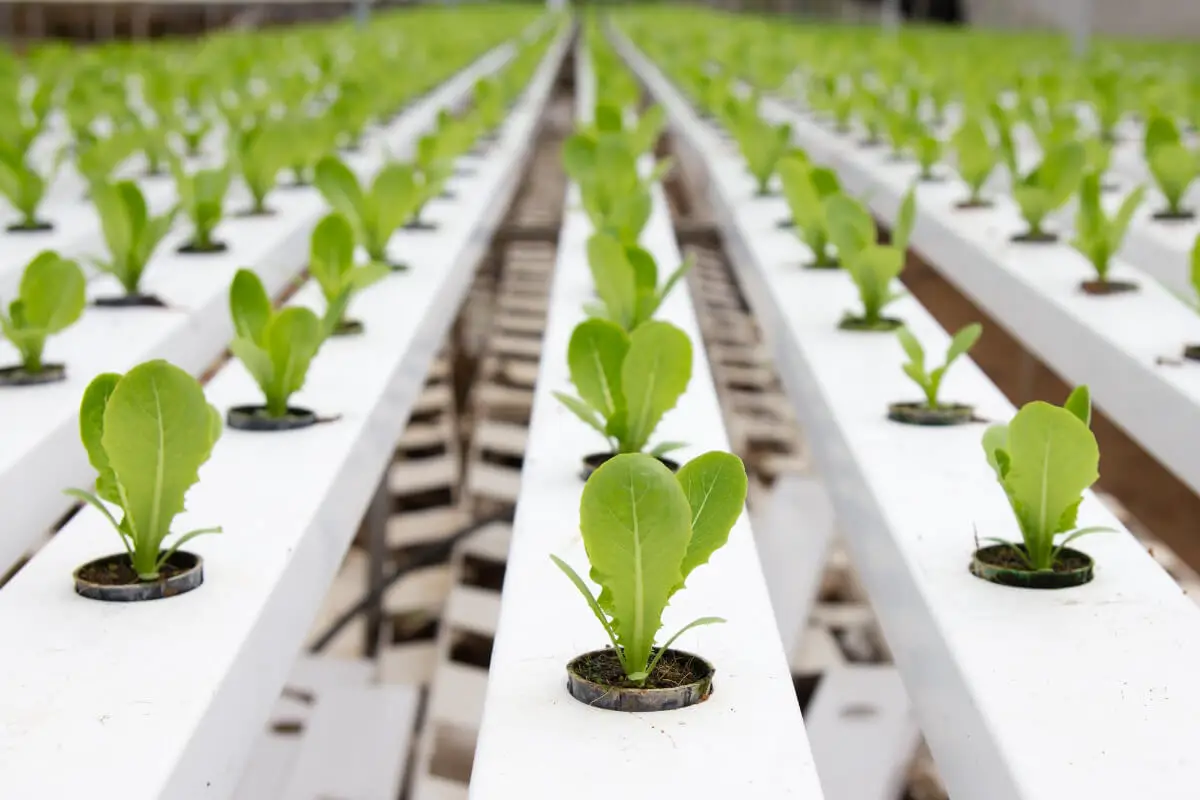
Do You Need Special Seeds for Hydroponics?
The short answer is no; you do not need special seeds for a hydroponics unit. You won’t find any seeds marketed as “hydroponic seeds.” The seeds that you would use for traditional gardening will work.
However, certain seeds are better to plant than others and result in healthy plants.
Here’s another good article to read and learn about the Best Plants for Hydroponics.
Best Seeds for Hydroponic Gardens
Popular Herbs to Grow Hydroponically
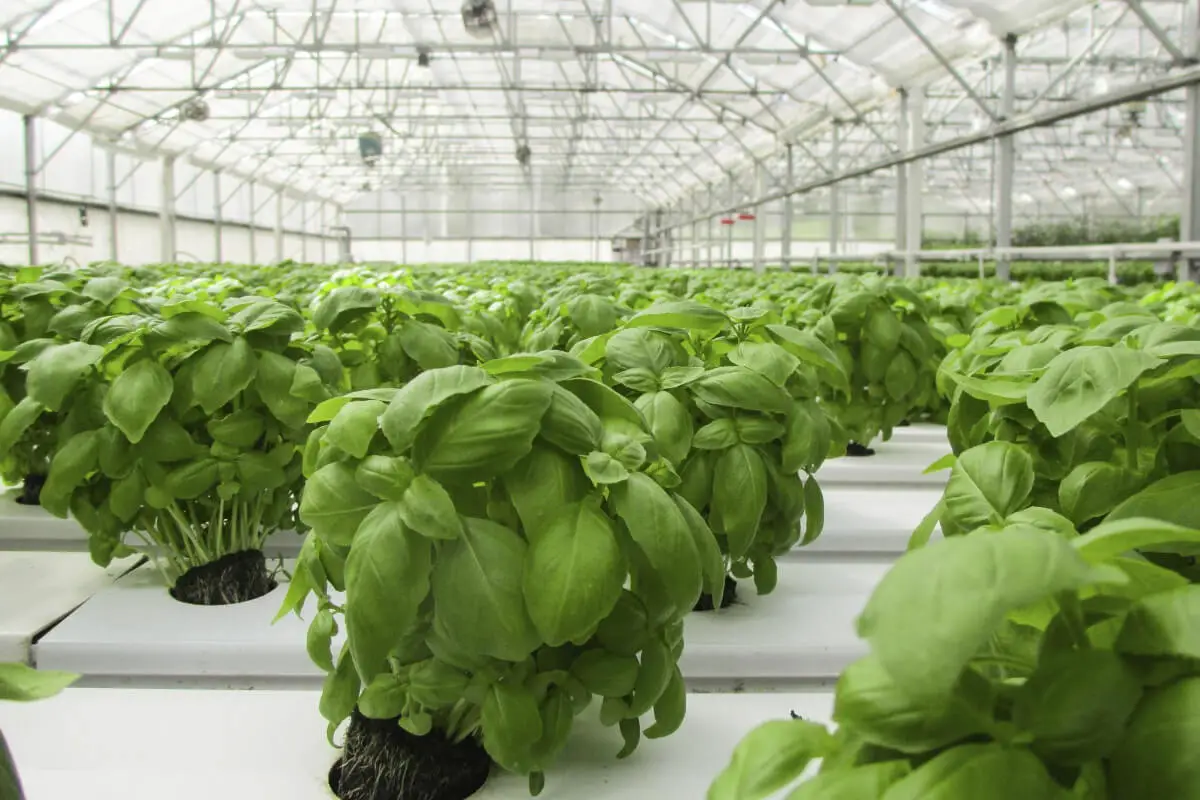
- Basil – Basil is a great herb to start with in a hydroponic garden because it’s easy to grow and is fairly fast to reach maturity.
- Cilantro – Cilantro is another popular herb for hydroponic gardens and you can harvest cilantro usually within five to seven weeks from when you planted the seeds.
- Mint – Mint is easy to grow and is a hardy plant and takes around three to four weeks before you can harvest it. You can also enjoy fresh mint year-round.
- Chives – Chives are a great choice and usually take around three to four weeks to harvest. They are fast-growing and very low-maintenance.
- Catnip – Catnip is one of the easiest plants to grow in a hydroponic system. It’s fast-growing and can thrive in smaller spaces.
- Dill – Dill is an easy-to-grow plant, which makes it great for beginners. It can be harvested within four to five weeks and you can use it in so many recipes.
- Sage – Sage is versatile, easy to care for, and can be harvested within four to six weeks.
- Oregano – Oregano is another fast-growing herb and easy to maintain. It can be harvested within four to six weeks from when you planted the seeds.
- Parsley – Parsley is a great herb to try in your hydroponic garden. This versatile herb is fairly easy to grow and it usually takes around four to five weeks to harvest.
Read more about How to Grow Hydroponic Herbs at Home.
Popular Fruits to Grow Hydroponically
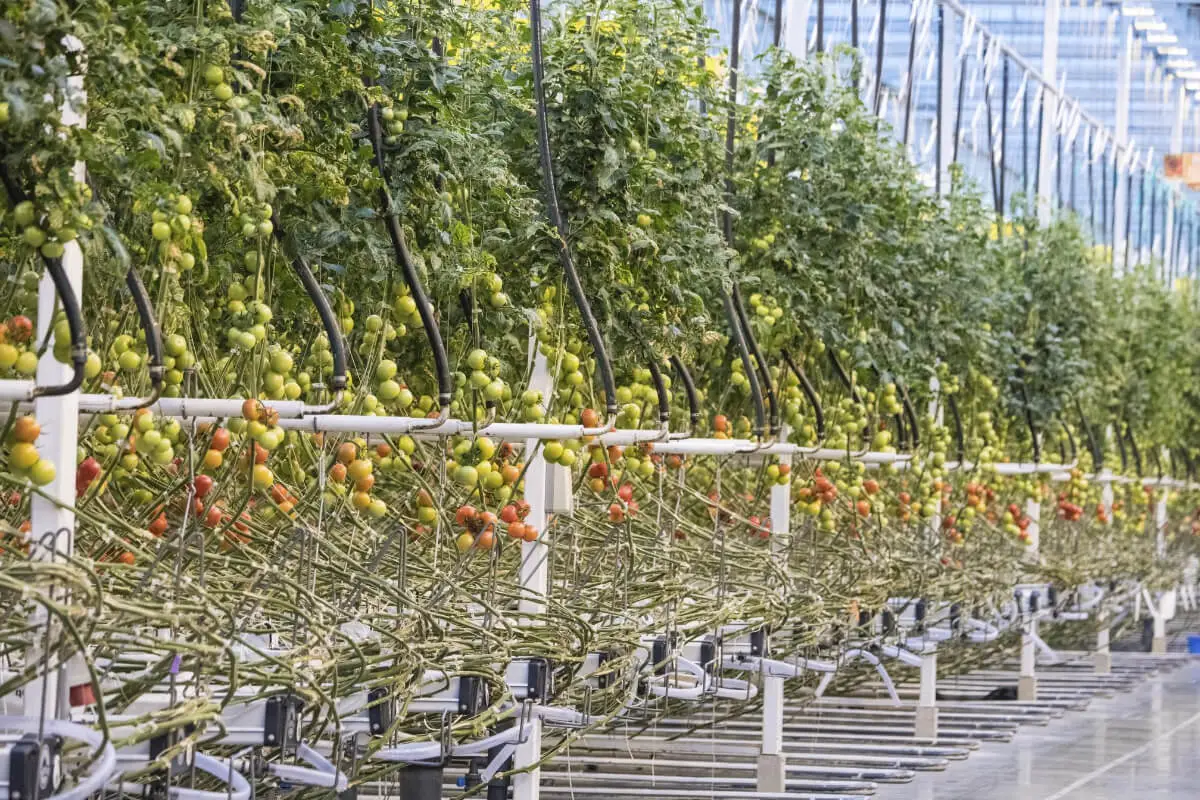
- Tomatoes – Tomatoes are one of the most popular fruits to grow in a hydroponic garden. They’re easy to maintain and can be harvested within four to six weeks.
- Strawberries – Strawberries are another great option to grow. They are easy to grow and can be harvested within three to four weeks.
- Peppers – Peppers grow quickly and can be harvested within seven to eight weeks. There are great additions to any dish, whether it be sweet or spicy.
- Grapes – Grapes are an incredibly rewarding crop to grow in a hydroponic garden. Although they take about three to five years to fully harvest, they only require minimal maintenance to thrive.
- Blueberries – Blueberries are a great addition to any hydroponic garden. They’re easy to grow and can be harvested within four to five months.
- Raspberries – Raspberries are a bit more challenging to grow than other fruits, but the results are tasty. They’re great fruits to add to your garden and can be harvested within four to six months.
- Cucumbers – Another great option for your hydroponic garden is cucumbers. Cucumbers require minimal maintenance and can be harvested within five to seven weeks.
Popular Vegetables to Grow Hydroponically
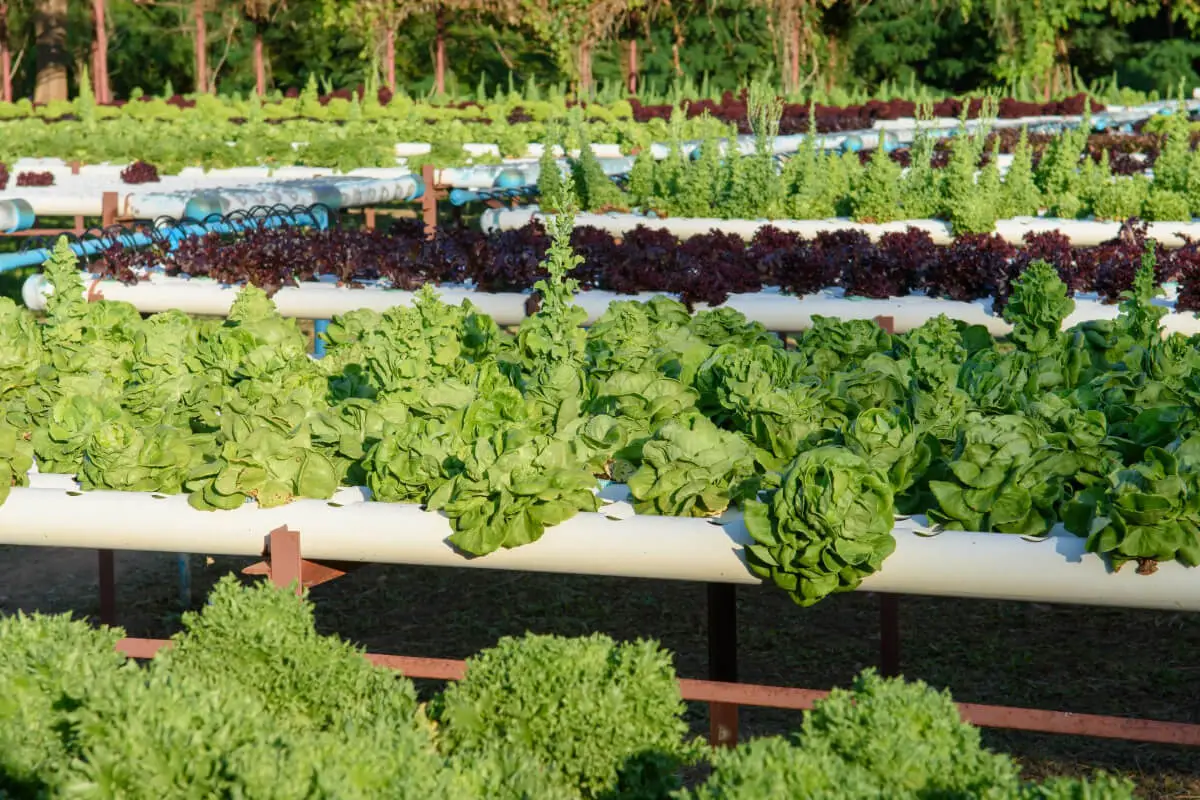
- Cabbage – Cabbages are easy to maintain and takes around nine to ten weeks to harvest.
- Kale – Kale is a great vegetable to grow in your hydroponic garden. It usually takes around four to five weeks before you can harvest it.
- Mustard – Mustard greens don’t require too much maintenance and will be ready for harvest within four to six weeks.
- Broccoli – Broccoli is nutritious and easy to maintain. You can harvest broccoli usually around eight to ten weeks.
- Swiss Chard – Swiss chard is an easy-to-grow vegetable and one of the most popular vegetables to grow in a garden. It takes around five to six weeks before you can harvest it.
- Green Beans – Green beans are another great veggie to add to your hydroponic garden! You can usually harvest them within seven to eight weeks.
- Radishes – Radishes are a great option for those looking to get a quick harvest. They’re easy to maintain and can be harvested within four to six weeks.
- Spinach – Spinach is a popular vegetable and it doesn’t need special seeds! It grows well with regular seeds and can be harvested within five to six weeks.
- Celery – Celery is an incredibly versatile vegetable and great for any hydroponic garden. It’s easy to grow and you can usually harvest it within three to four months.
Read more about How to Start Growing Hydroponic Vegetables.
Popular Flowers to Grow Hydroponically
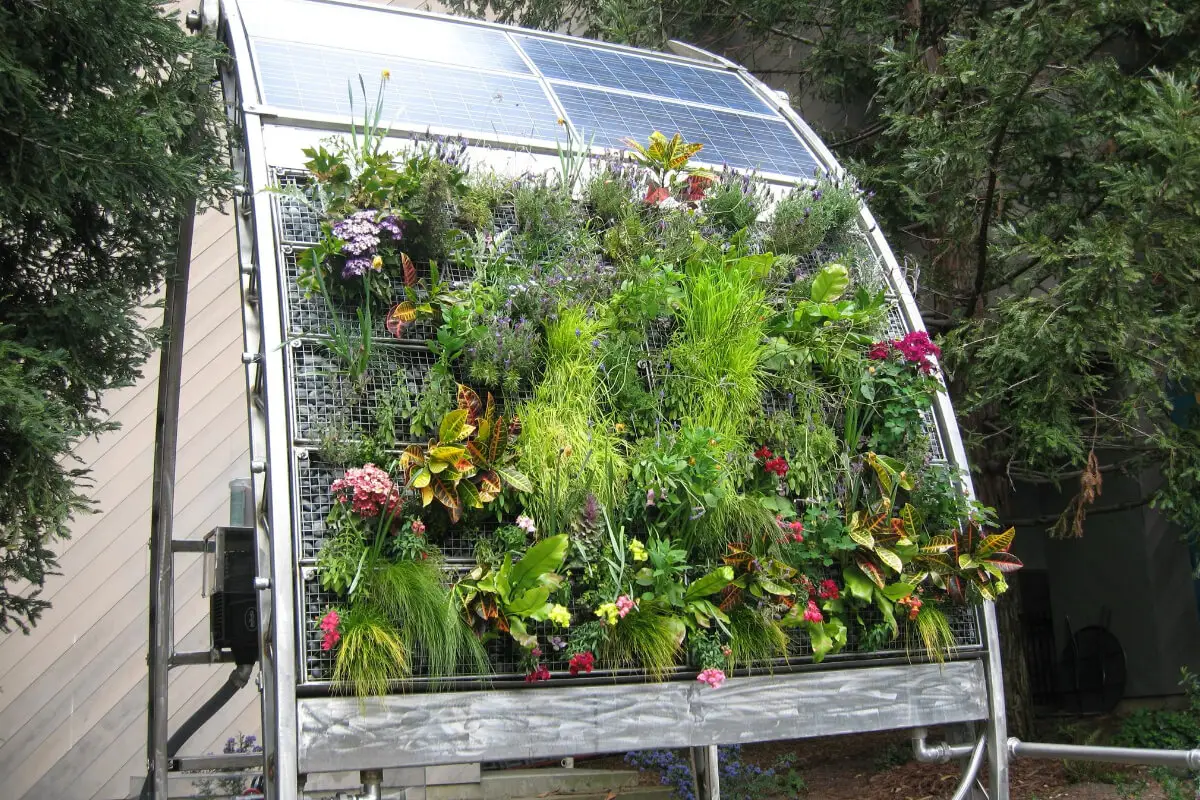
- Peace Lilies – Peace lilies are a great addition to any hydroponic garden. They add a nice pop of color and require minimal maintenance.
- Orchids – Orchids are one of the most popular flowers to grow in a hydroponic garden. While they may require more maintenance than other flowers, the rewards are worth it!
- Petunias – Petunias are great flowers to grow. They’re bright, cheerful, and easy to maintain. Petunias can give you beautiful blooms all year round!
- Zinnias – Another great option is zinnias. They come in a variety of colors and sizes and can brighten up any room!
- Carnations – Carnations are an ideal flower to grow hydroponically. They have a long blooming season and come in a variety of colors including white, pink, red, and purple.
- Lavender – Lavender is a fragrant and beautiful flower to grow in your hydroponic garden. Not only does it look gorgeous, but it can also be used for a variety of medicinal and culinary purposes!
- Daylilies – Daylilies are a great flower to grow hydroponically, and if you’re looking for something that doesn’t require a lot of maintenance, this is the flower for you!
- Chrysanthemums – Chrysanthemums are the perfect flower for any hydroponic garden. They come in a variety of colors and sizes, and they’re incredibly easy to grow!
- Roses – Roses are classic when it comes to hydroponic gardening. They’re easy to grow and easy to maintain and you can add a romantic touch to any garden.
- Amaryllis – Amaryllis is a great flower to grow hydroponically. They’re easy to maintain, and they bloom in vibrant colors such as pink, red, white, and salmon.
These seeds are popular to grow hydroponically because they do not grow too big and lots of seeds can be planted in a small space.
Lots of these plants are great to start out with for beginners. All you need is a seed packet or heirloom seeds from if you have them.
What Seeds Cannot Be Grown Hydroponically?
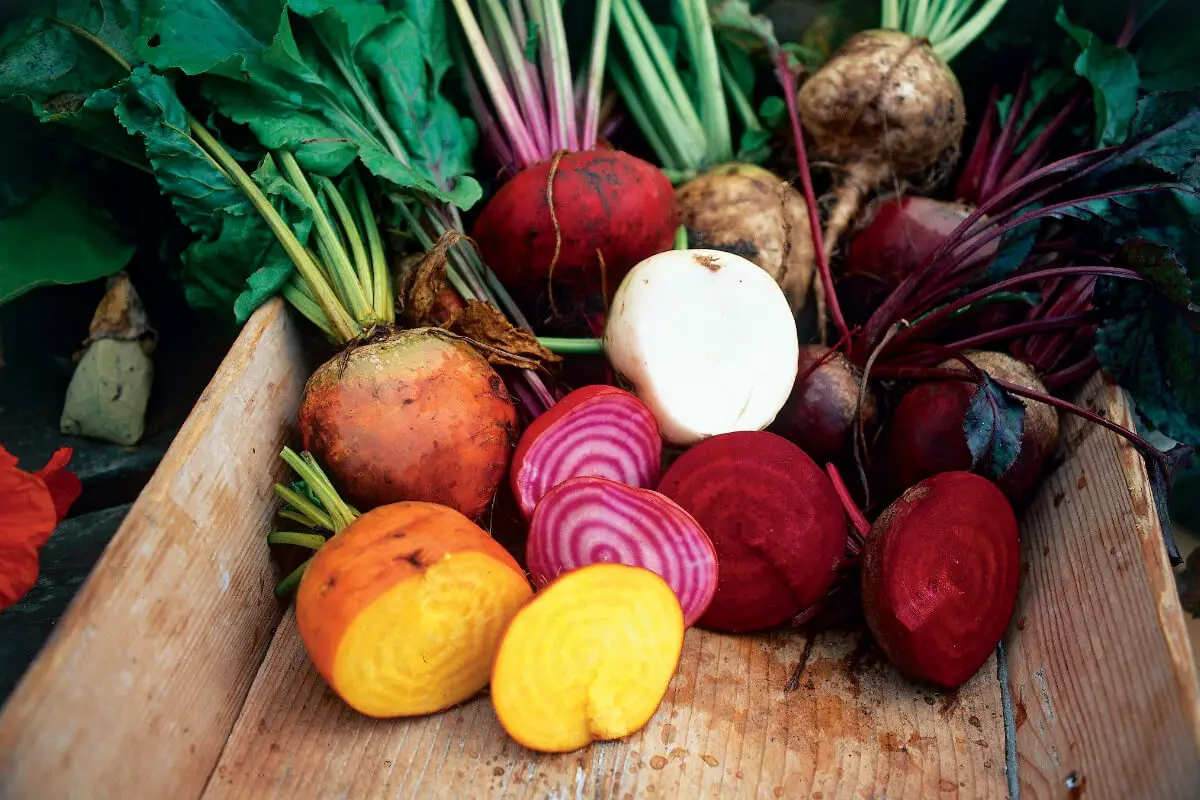
Almost any plant can be grown hydroponically, but that does not necessarily mean they should. Here are some examples of tough plants to grow in a hydroponics unit:
Root Vegetables
Root vegetables include plants such as carrots, potatoes, garlic, onions, and others. These species are not ideal for hydroponics because they depend on soil to find nutrients and moisture.
To do this hydroponically, it would require a lot of effort to watch over the growth that is happening by the roots. The roots also take up lots of space, which contradicts why many people choose to grow plants hydroponically – to save space!
Corn
While corn is a popular crop to grow in soil, it is not popular hydroponically. A corn plant can grow 5-12 feet high, and its roots can grow up to 60 inches deep.
Most people do not have enough space inside to grow corn seeds in this way.
Melons
Planting melon seeds as a beginner hydroponic grower is not recommended. The fruit grows so large that the hydroponic system needs extra support because of its weight. Gardeners will have to implement a trellis, which is quite labor-intensive.
Melons are relatively easy to grow if you have the right system and expertise. They will need more water and nutrient, plus a shelving system to hold their weight.
While it is possible to plant these seeds hydroponically, it is recommended only for experts because of the work that is cut out for them.
What Seeds Grow Fastest for Hydroponics?
Seeds grow 20-50% faster in a hydroponic unit than in soil. They are faster because the seeds in a hydroponics unit are growing under perfect and consistent conditions. There are no droughts, no floods, fewer bugs, and always the right number of fertilizers to optimize the growing conditions for each seed.
Some seeds that will grow the fastest in a hydroponics system are:
- Lettuce
- Herbs
- Leafy Greens
What is the Best Growing Medium for Hydroponic Seeds?
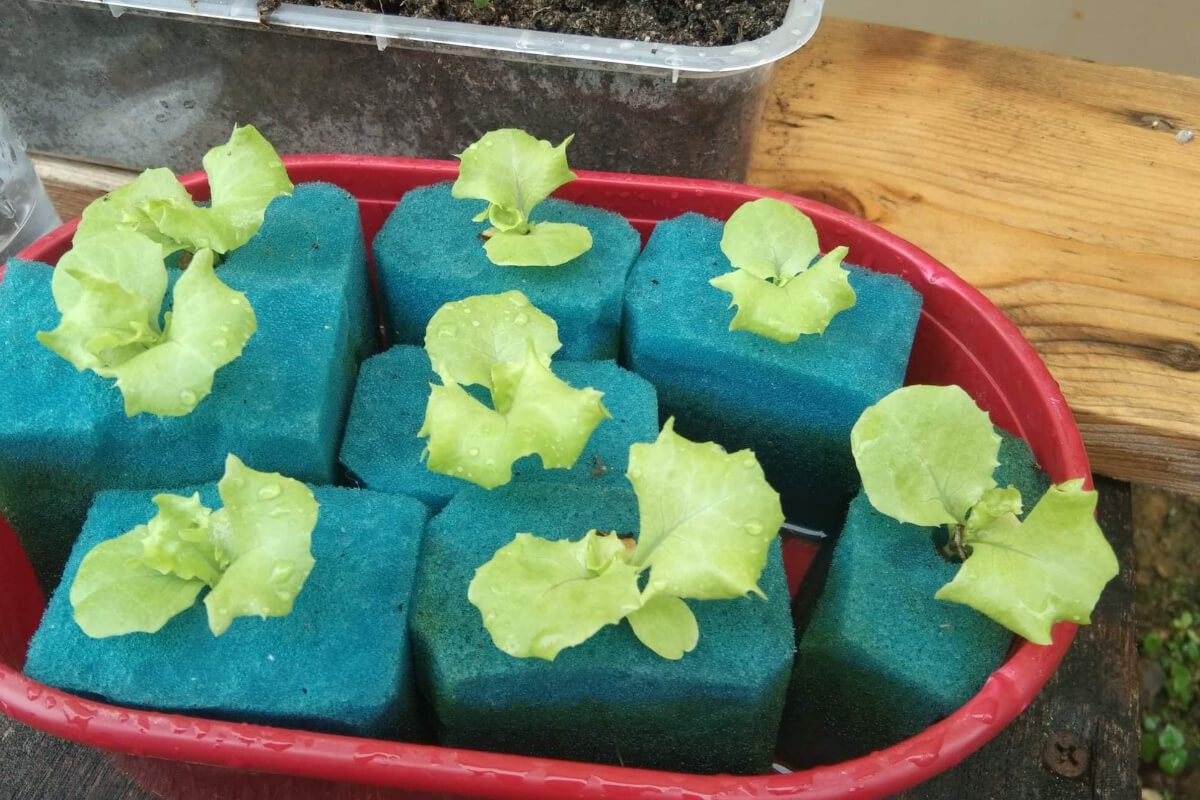
While hydroponics does not require soil to grow plants, the unit will need some type of medium to support the growth. There are many benefits of using a growing medium, and while it is not necessary, it is helpful.
A growing medium will act as a stabilizer to keep the humidity and temperature around the roots. It will also help aerate the roots.
Growing mediums come in three categories:
- Pebbles and small stones
- Foam materials
- Natural organic fibers.
Within those categories, there are more specific growing mediums, such as:
- Expanded Clay – is the most popular growing medium for hydroponic seeds and plants. It is a lightweight and porous material that provides good aeration, drainage, and wicking properties.
- Vermiculite – is a well-known growing medium and a natural mineral that can hold water and nutrients well, helping to keep plants healthy in a hydroponic system.
- Perlite – is a popular choice for hydroponic gardens. It is usually used by traditional gardeners to add aeration to soil mixes
- Rockwool – is also a popular hydroponic growing medium. It’s made from melted basaltic rock and chalk, and it’s great for keeping roots warm and allowing air to move around them.
- Floral foam – is a viable option to use as a growing medium in hydroponic gardening. Floral foam is a great medium for starting cuttings or germinating seeds.
- Sand – is a great starting medium and is one of the most plentiful materials you can find anywhere. Their particle size is really tiny, so water doesn’t dry out fast.
- Coconut Coir – is a very efficient growing medium for hydroponics because it is totally organic, highly inert, and holds water very well.
Growing Seeds vs. Cuttings in Hydroponic Systems
Hydroponics growers can choose between growing seeds or cuttings when they are starting out.
Cuttings are taken from the parent plant and placed somewhere else to create their own plant.
Gardeners can choose the best of their previous crop to replant for their next growing season. Cuttings can grow up to 3 months faster compared to seeds.
Growing seedlings in hydroponic systems are more popular than growing cuttings because it is considered the safest and cheapest option.
Using seeds allows you to choose whatever seed you would like. You aren’t limited to only growing what is in season.
When choosing seeds, you are also starting fresh. There is less chance of reproducing diseases because there is no parent plant.
Germinating Seeds in Hydroponic Systems
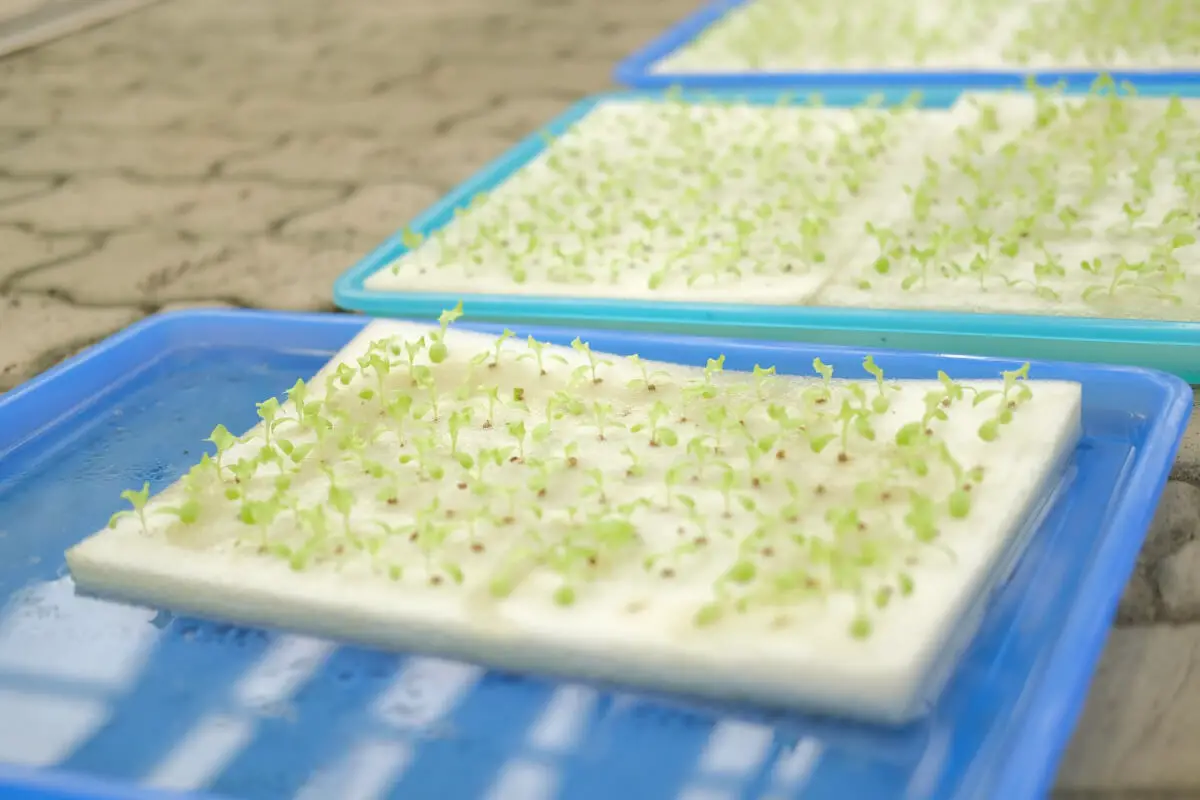
When germinating seeds, you cannot directly place the seeds into the hydroponics unit. The seeds need to be started outside of the unit while their roots grow.
Otherwise, the seeds will wash away in the nutrient solution.
There are two popular ways that you can prepare your hydroponics seeds:
Starter Cubes
Starter cubes will be made from a material like Rockwool. Rockwool cubes can get expensive, so oasis cubes would be a similar alternative if you are on a budget.
First, wet the cube down, then place the seeds inside the hole on the top of each cube.
You will know when your cubes are ready to be transplanted into the hydroponics system once the roots are visible at the bottom of the cube.
The cubes can be directly placed into your hydroponics unit once they are ready to be transplanted.
Soil
If you decide to start seeds in the soil, this will be done just as you would start seeds for a garden. Using soil is the cheapest option, but it has some downfalls.
For example, you will need to water these seedlings more often, and the soil could eventually clog your hydroponics unit.
It is important to rinse the roots off of your seedlings when transplanting for this reason.
Special Seeds for Hydroponics Final Thoughts
It is important for you to research and decide which type of seeds and growing medium is best for your hydroponics system.
Seeds grow faster in a hydroponic unit than in soil, and the best types of seeds are lettuce, herbs, and leafy greens.
There are several different growing mediums to choose from when growing hydroponic plants from seeds, such as expanded clay, vermiculite, perlite, rockwool, floral foam, sand, or coconut coir.
Additionally, you can start your seeds with starter cubes or soil, depending on what is available and easiest for you.
When growing hydroponic plants and using plain water, be sure to add hydroponics nutrients for healthy plant growth.
Check out these other articles to learn more about growing hydroponic plants:

